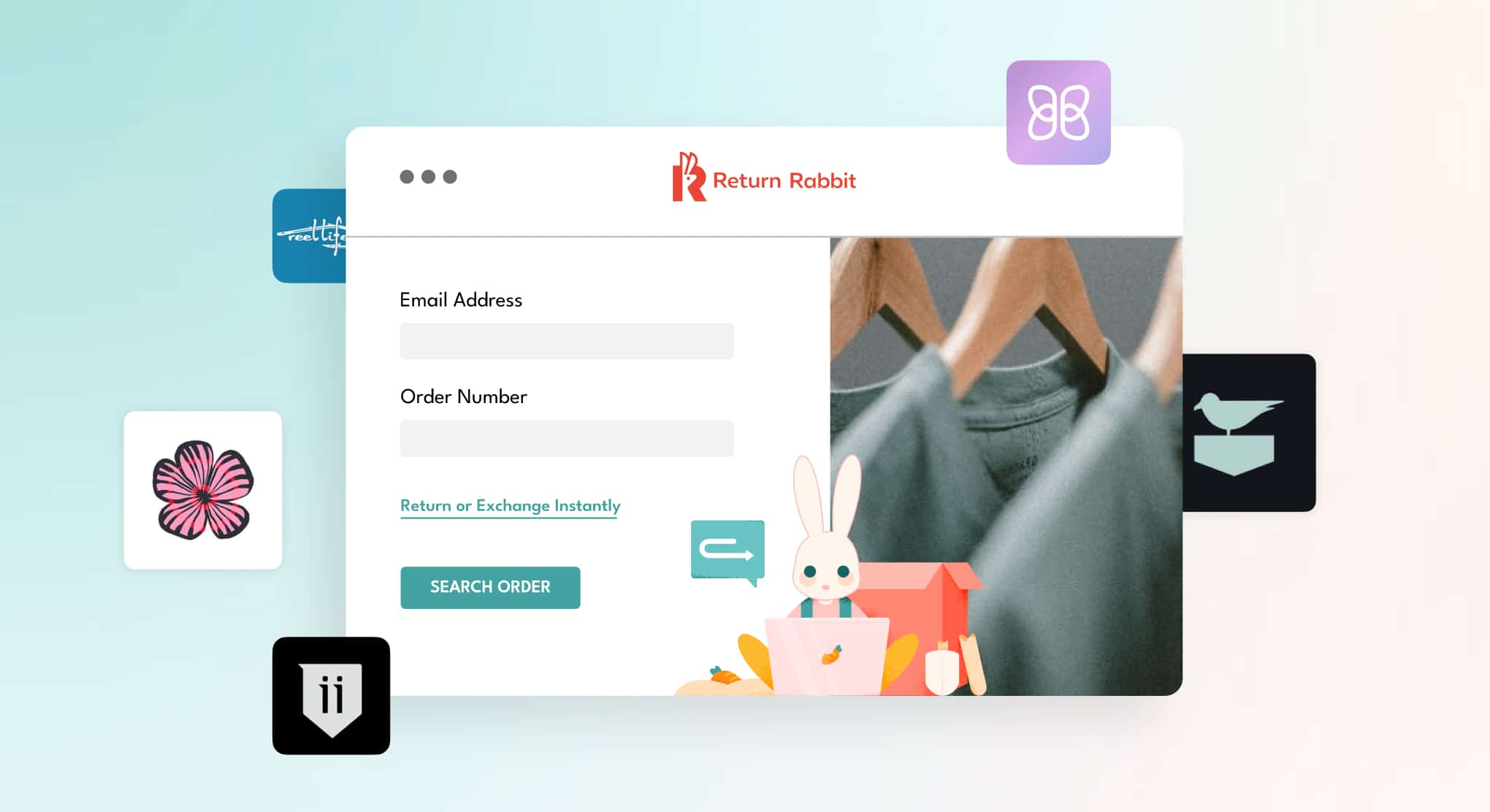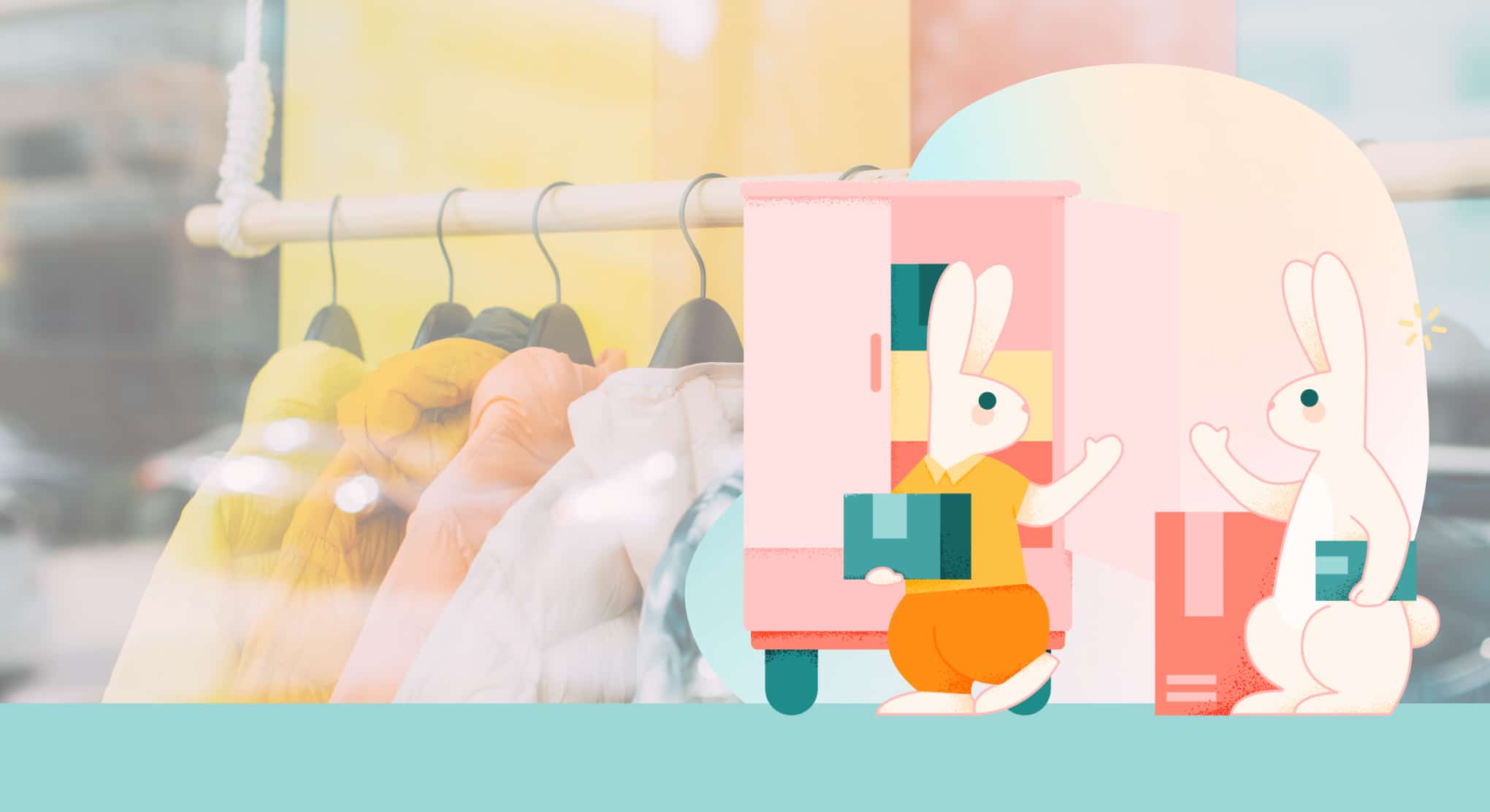Yes, your customers do want “fries” with that (and the special sauce), and no one knows that better than you.
Strategic marketing campaigns that drive shoppers through the (virtual) door can be worthy investments—no one’s making any money from customers who walk right on by.
A message that grabs the attention of your ideal customer and pulls them right into your ecommerce site is inarguably a winning message, even if we don’t dive too deeply into conversion rates for those first-time customers. If we did take a tiny peek, though, we’d quickly uncover an uncomfortable truth: Hooking that first time customer was expensive!
There’s a much, much better bargain to be found when it comes to spending marketing resources, and we can sum it up in a single word. Retention.
It is much, much more expensive to acquire a new customer than it is to retain an existing one. Retention is vital for long-term success in retail, but how, exactly, can you strengthen your ability to retain customers?
Enter your new best friends, upselling and cross-selling. These complicated-sounded sales techniques are actually quite straightforward and have the potential to provide an organic, natural extension of your sales funnel, one that can help you convert first-time shoppers into loyalists and brand ambassadors.
Consider these mind-blowing stats:
-
Upsells are 68% more affordable than acquiring new customers
-
Cross-selling and category-penetration techniques increase sales by 20 percent and profits by 30 percent
-
The probability of selling to an existing customer is 60-70%, while the probability of selling to a new prospect is 5-20%
-
80% of future profits come from 20% of existing customers
-
27% of small business owners estimate that 11-20% of first time customers never return
But up until now, merchants only took advantage of upselling and cross-selling throughout the purchase process. Now, it can be just as effective—if not more so—after your shoppers have made a purchase. Let’s explain.
What is upselling?
Shopify defines upselling as:
A sales technique used to get a customer to spend more by buying an upgraded or premium version of what’s being purchased.
Easy enough, right? As consumers, we’re being upsold (or attempting to be upsold) all the time, it seems.
You want cheese on that burger? Why not premium cheese? Go on, you deserve it… But here’s the deal. When the seller of the thing you’re buying really knows their stuff — when they have insider information on what would make this thing you want even better — that’s a win/win. It’s organic. It’s not pushy. It’s just better!
During the post-purchase experience, the upselling process is done a little differently. The customer will add something to their original order via any post purchase communication like an email or a branded tracking page. There’s also one-click post purchase upsells which triggers a pop up immediately after the customer has made a purchase. With just one click, the customer can accept the upsell offer.
OK, so then, what is cross-selling?
Shopify defines cross-selling as:
A sales technique used to get a customer to spend more by purchasing a product that’s related to what’s being bought already.
Another simple concept, and another technique you’re likely already using, even if you aren’t identifying it by the technique term “cross-selling.” Cross-selling, like upselling, is ingrained in virtually every modern sales funnel, online and off.
You want fries with that Boursin burger? Yes? You’ve been cross-sold. Make it truffle fries and you’ve experienced successful upselling on top of the cross-selling. And, you didn’t even mind. Your server was spot-on, just like you’re the expert on your own products and services.
Cross-selling in the ecommerce space often happens as a result of automated algorithms that offer product suggestions based on items commonly purchased together. We also see cross-selling in action when retailers pull together package deals. Everyone loves a “starter kit” or a “complete set,” especially when there are savings to be had.
During the post-purchase experience, the same strategy that we discussed with upselling applies to cross-selling. Utilize email and branded tracking pages to communicate with your customers after they click the buy button. The key to success here is personalization. For example, if your customer ordered shoes, they’re probably going to be more interested in buying shoe polish instead of a pair of sunglasses.
Don’t confuse upselling and cross-selling. Remember:
-
Upselling involves trading “up” to enhanced product versions — it’s the cheese you didn’t know you wanted on that burger
-
Cross-selling involves adding a secondary product service that enhances the primary product—it’s the fries on the side
Why you should look for ways to upsell and cross-sell post-purchase
When you learn to effectively upsell and cross-sell, you’ll not only save on marketing spend, but you’ll also be investing in the longer term. Upselling and cross-selling after the buy button contributes to:
-
Better customer retention rates
-
Increased average order value
-
Increased customer lifetime value
You’re up to 15x more likely to sell to an existing customer versus a new one—plus, it costs far less to retain a customer than it is to acquire a new one. All of this increases customer lifetime value and creates stronger customer loyalty.
How to get started with upselling and cross-selling
Let’s get actionable. Here are four things to remember as you develop your incredibly impactful upselling and cross-selling strategy:
- Determine your top-performing products and start there. Figure out your short list of bread-and-butter products and focus there first.
- Spend quality time strategizing. Customers embrace effective, organic upselling and cross-selling, but they can also immediately sniff out something that feels forced or random. Put yourself in your shoppers’ place — make sure suggested upsells and cross-sells feel natural and truly beneficial.
- Be transparent. There’s no need to employ any sales wizardry or dream up some complex gimmick here. Yes, you’re trying to increase how much money your customers are spending, and that’s okay, because you’re offering them a curated, meaningful suggestion that you sincerely hope they’ll find appealing.
- Communicate the value! Ideally, customers won’t feel taken advantage of when you successfully cross-sell or upsell. Be sure to highlight why you’re making upselling and/or cross-selling suggestions.
- Know where your shoppers are. Whether it’s email, SMS, or a branded tracking page, in order to be successful with upselling and cross-selling post-purchase, you need to know what communication channels your customers are most engaged with.
Return Rabbit automates and improves upselling and cross-selling across your site
With Return Rabbit, your customers will interact with our powerfully smart recommendation engine, REX.
REX leverages actual customer buying behavior to identify perfect cross-selling and upselling opportunities that help to reduce returns altogether. Many customers opt for exchanges over returns thanks to REX, as well, saving you money and helping you authentically build customer loyalty and longevity. We partner with you to create shopping experiences that will bring customers back again and again.
Ready to hop to it? Watch a Return Rabbit demo and reach out to get started.





